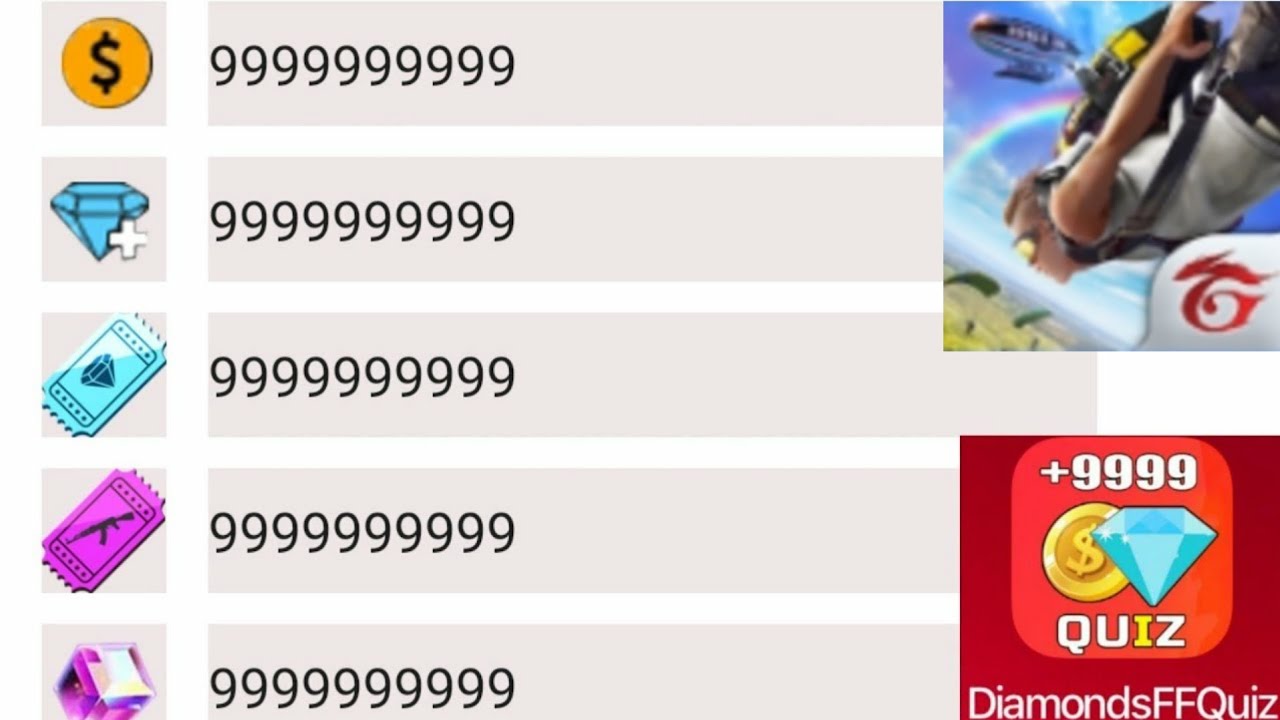iPhone vs Android: Which is better for photography?
There’s a lot to choose from when you’re looking for the best smartphones for photographers, and one of the first things you might want to consider is to narrow your search down to iPhone vs Android.
Android is the operating system which is used by most manufacturers other than Apple. So that means smartphones by Samsung, Google, OnePlus, Sony, Huawei, Honor, Xiaomi, Oppo and so on will all use the Android operating system. Apple is the only manufacturer using iOS, for its iPhone smartphones.
All of the above manufacturers claim that their smartphones are great for photographers, but how do the specs stack up between the two systems, and which should the discerning photographer be keen to pick up? Let’s try and find out…
iPhone vs Android: Cameras and Lenses
Most of the flagship Android models, such as the Samsung Galaxy S22 Ultra and Galaxy S23 Ultra, Pixel 7 Pro and the OnePlus 10 Pro feature either a three or four lens setup.
Cheaper models tend to feature a double-lens set up, which is a good idea if you’ve got a more limited budget.
The latest iPhone Pro models have a triple-lens setup, with the cheaper standard iPhone models having a double lens setup – again a good idea for those on a budget.
While overall, iPhone and Androids are reasonably well-matched when it comes to the number of cameras/lenses each include, as a rule, it tends to be Android where you’ll see the most innovation or technical advancement.
For example, with both the Samsung Galaxy S22 Ultra and the 200MP Galaxy S23 Ultra you get four lenses, including a 10x zoom lens. With the Sony Xperia 1 II, you get an optical zoom in one lens – so it can actually zoom from one focal length to another, a unique property for smartphones.
Winner: Android
iPhone vs Android: Megapixels
Until relatively recently, this would have been a clear-cut win for the Android contingent. The release of the iPhone 14 Pro has finally seen Apple move past the 12-megapixel barrier and its Pro camera system features a 48MP sensor.
Android, meanwhile, has had a number of smartphones with very high-resolution sensors for quite some time. For example, the Samsung Galaxy S22 Ultra has a 108MP sensor, while the Google Pixel 7 Pro has a 50MP sensor. The recent Samsung Galaxy S23 Ultra boasts an incredible 200MP resolution.
Although having a super-high resolution isn’t necessarily that important for everyday photography, it gives certain advantages. For example, pixel binning – whereby pixels are combined together – can be helpful in low light. It’s also useful for cropping – or digital zoom – without losing resolution.
It seems likely that Apple will use higher resolution sensors now that it’s debuted one, but for now, the wider Android market certainly has more variety if that’s what you crave.
Winner: Android
iPhone vs Android: Raw file support
You can find both Android and iOS smartphones which offer raw shooting capability. Apple calls this “ProRAW” and you’ll find a variety of terms across the Android sector.
All of them shoot in the universal “DNG” format, meaning that the raw files can be read by a wide variety of devices, without the need for specific or updated software.
Winner: Draw
iPhone vs Android: Video
Video is a key specification highlight across both iOS and Android models. For some people it will be a key factor in any buying decision, while for others it will be largely irrelevant.
If you opt for iOS and go for one of the latest iPhone “Pro” models, you’ll get 4K video, slow motion options, plus Apple’s “ProRes” video recording, which is useful for advanced users. It’s worth noting that you’ll need at least a 256GB iPhone in order to take full advantage of it.
Meanwhile, most Android models offer 4K video recording as standard. If you want the ability to shoot at the higher 8K resolution, some models also support that – such as the Samsung S23 Ultra. Lots of Android models have some kind of “pro” movie recording options, too.
If video recording is a top priority for you, it pays to delve deep into the specific model you’re looking at to make sure it has everything you need.
Winner: Android
iPhone vs Android: Manual mode
Generally speaking, Android smartphones have better – or more expansive – native camera apps. The iPhone native camera app is fairly straightforward and basic, giving you little or no control over certain settings. If having access to some kind of manual or professional mode is important to you, it’ll be Android which you need to turn to.
However, it’s important to note that not all Androids offer this functionality. For example, the Google Pixel range uses a similarly straightforward app to the iPhone series. Instead, look at devices from Samsung, Oppo, Sony, Honor, Xiaomi or OnePlus – and check specifications (and reviews) of any individual phone you have your eye on to make sure such a mode is offered.
Winner: Android
iPhone vs Android: Camera apps
There’s a plethora of third-party apps which are available for both Android and iOS. Big-name apps such as Instagram and Snapseed are available no matter which platform you choose to use.
However, there is still a wider choice of apps available for iOS. This is because it is easier and cheaper for developers to produce apps for iOS. With Android running across a huge number of different devices with a variety of screen sizes and resolutions, it’s much simpler to produce an iOS app which doesn’t have such wide-ranging permutations.
This could mean, in theory at least, that your favourite app might take a while to appear on Android – or may never appear at all.
Winner: iPhone
iPhone vs Android: Special photography modes
Both Android and iOS have “special” photography modes, which are designed to help make taking pictures in certain conditions, that much easier.
Almost all smartphones these days have a Portrait mode (notable exception being Sony Xperia phones), and most also have a Night mode for shooting in low light (again the exception here being Sony Xperia). So, in that respect, Android and iOS are very well-matched.
The latest iPhones also have macro focusing modes for getting close to subjects, which is something you’ll also find on quite a few Android models now, including the Samsung S22 Ultra and the Google Pixel 7 Pro.
However, it’s fair to say that with iOS, while you do get those Portrait, Night and Macro modes, there’s very little else in the way of anything “special” or unusual. By contrast, some Android phones give you extras right within the native camera app to play with. For example, you’ll find special “Movement” modes for the Pixel 7 range, which make it easier to take panning shots or create slow shutter speed effects.
It’s therefore worth checking the specifications of an individual device and its native camera app to see if it has any special modes which particularly appeal to you.
Winner: Android
iOS vs Android: Battery Life
This is a difficult one to answer since there’s such a wide range of devices to choose between.
In days gone by, iPhones were notorious for running low on battery far quicker than their Android counterparts, but the newer models have improved to the point that it’s not so much of an issue any more. The iPhone 14 Pro Max has enough power for 29 hours of video playback and the 14 Pro claims 23 hours.
It is however far easier to compare directly between Android models, since most will give specific battery power specifications. Therefore, if battery life is something you’re particularly worried about, you can take a look at listed power ratings. For iPhone, you’ll get an idea of how long they typically last by looking at the stated battery life.
Winner: Draw
iPhone vs Android: Design
Apple is a company that very much prides itself on its design ethos. However, the aesthetic quality of any design is largely a subjective opinion.
The most recent generations of iPhone have used a boxy, squarish design which some folk love, and others deride. Which you prefer is a personal choice.
What’s easier to say however is that in terms of sheer variety of design styles, then Android is better. You’ve got the boxy type designs, but there’s also those with sleeker, curvier designs. Not to mention a much broader range of colours. If you’re looking for something unusual or a bit “wacky”, you’re far more likely to find it with Android.
In more practical terms, if you’re keen for a very large screen, then you’ll find more options available at a wider range of price points if you go for an Android. The biggest iPhone are the “Pro Max” models which command high prices, whereas you can mid-range large Android models much more affordably.
Winner: Draw
iPhone vs Android: Integration
Although not totally photographically rated, the seamless integration between different Apple products is something to consider if you’re already a Mac or iPad user (or you think you might be in the future). For example, you can quickly and easily AirDrop your photos from one device to the other without much fuss – integration between Androids and Macs, or Androids and Windows can sometimes be a bit tricker or flakier.
Additionally, the “iCloud” automatically syncs up your files between devices making it easy to access your photographs no matter which device you’re using. Google Photos does a very similar thing, but it’s not quite as slick.
Winner: iPhone
iOS vs Android: Price
While it’s fair to say that Apple is not known for producing “cheap” products, high-end Android phones will also set you back a pretty penny these days too.
For example, as we discovered in our iPhone 14 Pro vs Samsung Galaxy S22 Ultra feature, it’s actually the Samsung which is more expensive. Arguably you might consider the Samsung to provide better value for money, even though it commands a higher price, but it’s still a hefty investment.
So, when it comes to flagships, both iOS and Android are fairly evenly matched when it comes to price points. At current prices, the iPhone 14 Pro Max is $1,099/£1,199 for the 128GB version while the Samsung Galaxy S22 Ultra is $920/£1,049 (8GB/128GB) and the Galaxy S23 Ultra is $1,200/£1,249 (8GB/256GB).
That said, if you’re on a strict budget, it is much easier to pick up a cheap Android which still performs well. There are far more mid-range and low-cost Android options to choose from, with prices starting as low as £150 – something you simply won’t see from even older iPhones.
Winner: Android
iPhone vs Android: Which is better?
As usual with these comparison-type pieces, there isn’t really a straightforward answer to which is better, iPhone or Android.
Essentially, a lot of it will come down to personal preferences, what you need and how much money you’ve got to spend. Both have their advantages, and both have their advantages. It’s also difficult to give a definitive answer when there is so much variation in the Android market.
However, if we’re pushed to decide – as a whole, we’d have to go with Androids being the better option when compared to iPhone – particularly if you’re comparing flagship models like-for-like.
Featured image credit: Liam Shaw and Dan Smedley via Unsplash.
See more:
iPhone 14 Pro vs Samsung S23 Ultra: which smartphone is best for photographers?
iPhone 13 Pro vs iPhone 14 Pro
Best camera phones for photography in 2023
Follow AP on Facebook, Twitter, Instagram, and YouTube.






